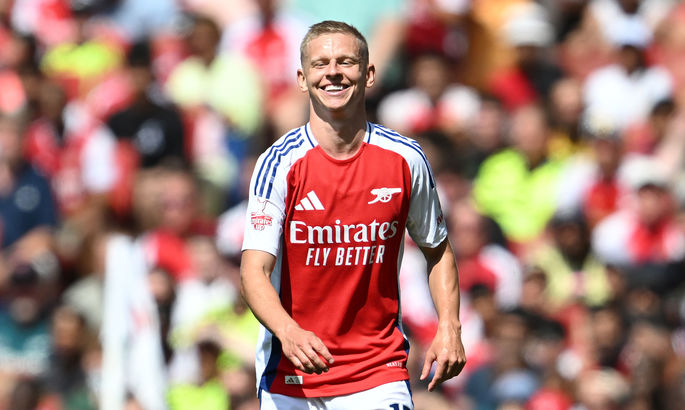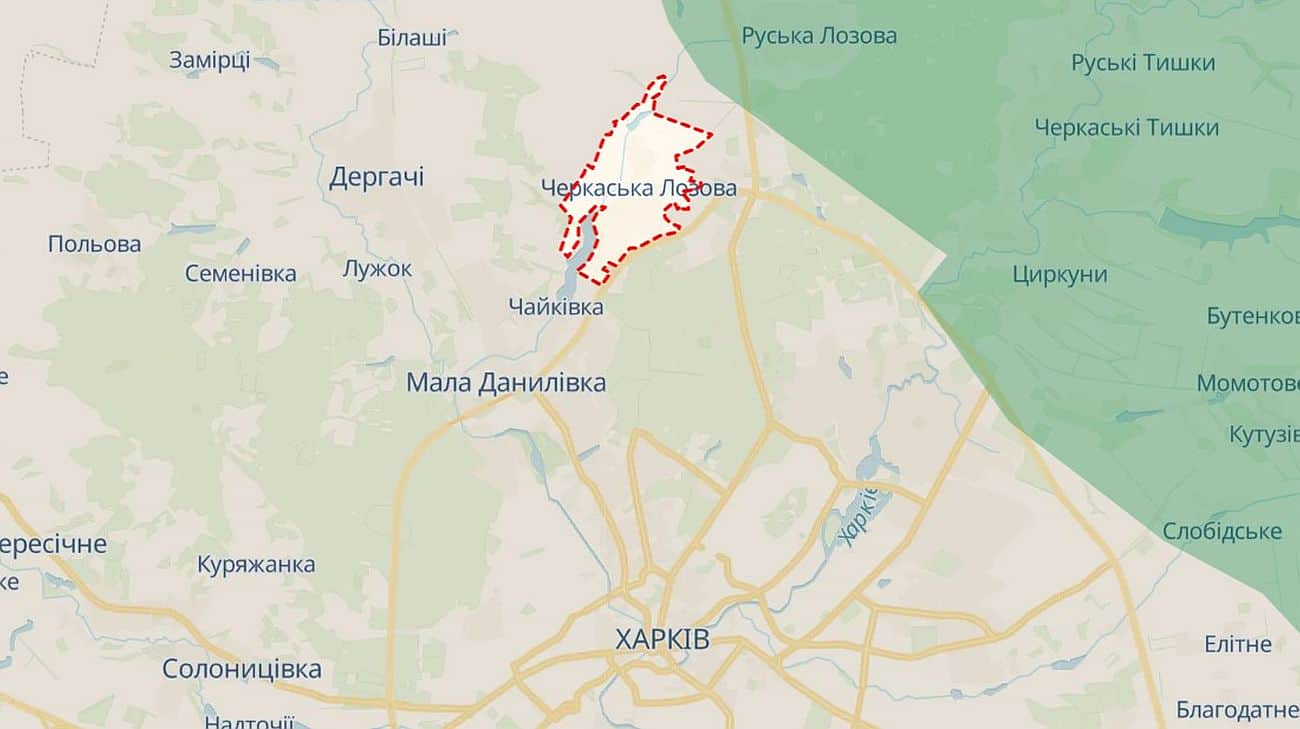ARTICLE AD BOX
India and China have reached a deal to end a military standoff at their disputed frontier, four years after a deadly clash along their border in the western Himalayas plunged ties to their lowest point in decades.
Indian External Affairs Minister S Jaishankar told an Indian TV channel on Monday that the agreement on border patrols signalled that “the disengagement process with China has been completed.”
While the larger border dispute remains unresolved, the deal allows for the resumption of patrols along the border in the Ladakh region by soldiers of both countries – allowing them to underscore their respective territorial claims while ensuring that the other side is following the agreement arrived at on Monday.
The announcement was made on the eve of Indian Prime Minister Narendra Modi’s visit to the Russian city Kazan for the BRICS summit, in which China is also participating.
The pact paves the way for improved political and business ties between the Asian giants, analysts say. It could also clear the path for a potential meeting between Modi and Chinese President Xi Jinping, which would be the first since 2020.
What is in the deal?
The agreement has not been made public, and few details are known.
Indian Foreign Secretary Vikram Misri said the pact is aimed at the “disengagement” of troops at the Line of Actual Control, or LAC, which separates Chinese and Indian-held territories. The LAC stretches from Ladakh in the west to India’s eastern state of Arunachal Pradesh, parts of which are also claimed by China. It spans 3,488km (2,167 miles). As its name suggests, the LAC divides the areas of physical control rather than territorial claims.
Misri did not specify whether the deal would mean the withdrawal of the tens of thousands of additional soldiers stationed by the two countries in the Ladakh region.
China on Tuesday confirmed the deal on military patrols along the frontier but did not explain whether the pact covered the length of the border or just hotspots that have seen clashes.
A senior military officer told the Reuters news agency that both sides would pull back their troops a little from current positions to avoid face-offs but would be allowed to patrol according to a schedule that is being worked out. Monthly review meetings and regular monitoring of the contested areas by both countries would ensure there are no violations, he added.
Manoj Joshi, an analyst at the New Delhi-based Observer Research Foundation, told Al Jazeera the lack of information provided by authorities suggests negotiations may be ongoing.
“If there is a formal agreement and that agreement is publicised, then we may [have a clearer idea of] what is going to happen,” he said.
Many questions remain unanswered, including whether “buffer” zones that had been demarcated along the LAC and which neither side is supposed to patrol will now be abolished, he said.
How did we get here?
India and China have disputed their border for the past seven decades.
The two countries fought a brief and bloody war over the demarcation of the border in 1962. India suffered a humiliating defeat and lost a chunk of territory in Aksai Chin, in the extreme northeast of Ladakh, which has remained a point of contention between the two countries.
Diplomatic relations recovered after a series of border agreements in the 1990s. While the 1993 and 1996 agreements are often regarded as milestones, the border arrangement between India and China — which allowed them to avoid any casualties along the border for more than half a century after 1962 — has increasingly come under stress in recent years.
Their troops faced off in local incidents in 2013, 2014 — when Xi was visiting India — and 2017. In 2019, India repealed Article 370 of its constitution, which guaranteed a measure of autonomy to Indian-administered Kashmir, which also included the disputed areas of Ladakh. China saw India’s move as unilaterally affecting its territory and denounced the move at the United Nations Security Council.
But the 2020 clash — and the resulting deaths — took the relationship to a breaking point.
Michael Kugelman, director of the Washington, DC-based Wilson Center think tank’s South Asia Institute, said this week’s deal is significant but its importance should not be overstated.
“It does not end the border dispute,” Kugelman told Al Jazeera. “This is an agreement that will allow things to return to how they were in Ladakh before that crisis.”
“It does not appear to call for troop disengagement in the areas where mobilisations had taken place during the Ladakh crisis,” Kugelman said. “That’s why we need to be cautious about this new agreement.”
What have been key moments in the India-China relationship since 2020?
June 2020: Twenty Indian soldiers and four Chinese soldiers were killed in hand-to-hand fighting with clubs and staves in the Galwan Valley in Ladakh in the first deadly clashes in nearly 60 years. The deaths triggered outrage and street protests in India. The heightened tensions between the two nuclear-armed countries drew international concerns with the UN urging both sides “to exercise maximum restraint”. New Delhi restricted investments from China, banned dozens of popular Chinese mobile apps, including TikTok, and severed direct flights. The number of banned Chinese apps eventually rose to 321.
January 2021: Indian and Chinese soldiers engaged in what the Indian army described as a “minor face-off” along their frontier in the northeast Indian state of Sikkim.
December 2022: Minor border scuffles broke out in the Tawang sector of India’s northeastern state of Arunachal Pradesh, parts of which are also claimed by China. Beijing accused Indian forces of obstructing a routine patrol while New Delhi said Chinese soldiers encroached upon Indian territory and tried to “change the status quo”.
August 2023: Modi and Xi agreed to intensify efforts to disengage and de-escalate when they met briefly on the sidelines of the BRICS summit in Johannesburg.
June: Jaishankar met Chinese Foreign Minister Wang Yi on the sidelines of the Shanghai Cooperation Organisation summit in Kazakhstan, where they agreed to step up talks to resolve issues along their border.
September: Jaishankar said about 75 percent of the “disengagement” problems at India’s border with China had been resolved.
What is the broader context of the deal?
A definitive resolution of the China-India border dispute remains elusive, but both countries are signalling an interest in turning a new page.
Kugelman said the two nuclear powers have been engaged in talks on the border issue since the clash in 2020.
“The question is: Why announce the agreement now?” Kugelman said. “The BRICS summit looms large here.”
The deal’s agreement before the BRICS summit began on Tuesday gives India “the diplomatic space to have a meeting between Modi and Xi on the sidelines of the summit,” the analyst said. “Politically, it is easier for New Delhi to agree to that type of encounter given that there is a border agreement.”
Business relations were likely a key incentive. China has long been one of India’s top two trading partners along with the United States. In 2023 and 2024, it was India’s biggest trading partner, with $118.4bn in bilateral commerce.
Beijing remains India’s biggest source of goods and its largest supplier of industrial products from telecommunications hardware to raw materials for the Indian pharmaceutical industry.
Easing tensions is also convenient for China as it pushes to expand its global influence through multilateral forums, including BRICS. Many Chinese companies that struggled to do business in India after 2020 when it tightened investment norms and banned popular Chinese apps have been hoping for a resumption of ties.
Joshi, of the Observer Research Foundation and author of Understanding the India–China Border, said pressure from the Indian business community played a role in reaching the border deal.
“After the 2020 events, India placed severe restrictions on Chinese investments and visas,” he said. “From the Indian side, there was pressure for a reset of the relations.”
The analyst added that while relations had been characterised by low levels of mutual trust, the deal signalled that the “policy of diplomatic engagement with China has been successful.”
“Trust had been broken in 2020. … This is a new beginning that provides an opportunity to go back to the good old days when the relationship was stable,” he said.
Kugelman, however, struck a more cautious note. “I don’t think this deal is the prelude to a broader detente, and that’s because of many tensions [due to] geopolitical competition,” he said, adding that among the friction points are China’s growing naval presence in the Indian Ocean, its deep relations with Pakistan and India’s strong ties with the US.
“[The agreement is] a confidence-building measure, and that’s a good thing for relations that sunk to low levels in recent years,” Kugelman said, “but I don’t think we should see it as the opening salvo of broader efforts to get the relationship in a normalised position.”

 2 months ago
30
2 months ago
30








 English (US)
English (US)